Blog
Why is Cabernet Sauvignon the King of California Wine?
People often wonder how Cabernet Sauvignon became the quintessential varietal of California wine grapes. I’ll give you a little bit of history that should help explain the mystery.
Cabernet Sauvignon is actually a bit of a love child, with a purple parent and a white parent. It is the cross between Cabernet Franc and Sauvignon blanc, hence Cabernet Sauvignon. Legend has it that Cabernet Sauvignon was created when French vintners set out to create a new varietal. Whether by design or by chance, this combination of opposite parents created a timeless, rich, hearty and robust varietal perfect for winemaking that has established itself as the king of red wine varietals not only here in Napa Valley, but all over the world.
Cabernet Sauvignon is what we call a Vitis Vinifera. All Vitis Vinifera varieties, including the grapes we grow in Napa Valley, originated in the Caucasus Mountains of Western Asia. These grapes are endemic to the Mediterreanean region, and they eventually made their way along man’s migratory paths from Western Asia to Western Europe.
Over the centuries, winemakers in the colder northern climates of Chablis, Burgundy and Champagne realized that varietals such as Pinot Noir and Chardonnay did well. In the south of France, Rhone varieties like Syrah, Grenache, Sensoux and Morvedre did best. In the maritime climates of Bordeaux, the Cabernet family of grapes thrived. Cabernet franc, Petit Verdot, Malbec and Merlot grow very well there as well. It was in France during the 17th Century, that Cabernet Sauvignon was created, and became the king of Bordeaux.
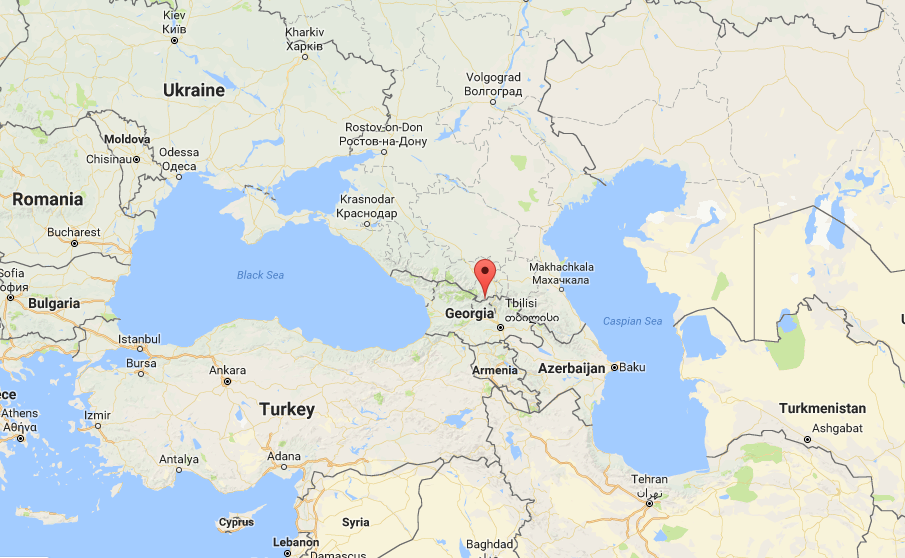
When it came time for Napa to hang its hat on a global, noble variety (varietals that work well in the vineyard, are of a profile favorable to consumers and age well in the bottle-Cabernet Sauvignon, Sauvignon Blanc, Riesling, Pinot Noir, Chardonnay), Napa looked to follow in the footsteps of Bordeaux. We had the climate, the terrain and our amazingly fertile volcanic soil- perfect conditions to grow vinus vinifera. During the post-prohibition years, Napa as a community said “We want to be Cabernet. Cabernet is our variety.” It can be argued that as far as growing Cabernet Sauvignon is concerned, Napa Valley is not only as good as, but perhaps even better than Bordeaux. There, I said it because I’ve spent decades walking these vineyards, picking these grapes and tasting these wines. I know it is true! And of course the famous Judgment of Paris in 1976 proved to the world that Napa Valley wines stand up to the very best in the world.
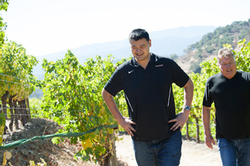 We make wines here in Napa Valley just like they do in Bordeaux, France. Cabernet is our base grape, but we blend in other Bordeaux varietals depending upon each year’s unique harvest, as well as our own personal style and taste. In Napa, Cabernet Sauvignon does it all. It thrives in the vineyard, it ages extremely well in the tanks and barrels, and it blends brilliantly with other varietals.
We make wines here in Napa Valley just like they do in Bordeaux, France. Cabernet is our base grape, but we blend in other Bordeaux varietals depending upon each year’s unique harvest, as well as our own personal style and taste. In Napa, Cabernet Sauvignon does it all. It thrives in the vineyard, it ages extremely well in the tanks and barrels, and it blends brilliantly with other varietals.
Known for hints of green bell pepper, blendability and compatibility with oak barrels, it’s no fluke that Cabernet Sauvignon is the most popular red varietal. In a blend or on its own, Cabernet Sauvignon provides truly unmatched structure and balance. It has a very rich fruit flavor as well as supple tannins that provide depth and body. It also happens to do more on the palette than other varietals do. Asking why Americans love Cabernet Sauvignon so much is much like asking why we prefer beef to mutton or venison. We gravitated towards beef because our flavor profiles are more in tune with its texture and rich flavor. And what goes better with a juicy steak than a big, bold glass of Cabernet Sauvignon?
Cabernet Sauvignon is the primary grape varietal of all Yao Family Wines red wine offerings, and most great wines coming out of 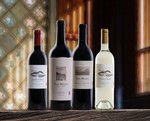 Napa Valley. From our Napa Crest Napa Valley Red Blend to our signature YAO MING Napa Valley Cabernet Sauvignon and our very limited YAO MING Family Reserve, all Yao Family Wines red wines are Cabernet based wines, but they vary in their percentages. Napa Crest, our softer and more approachable blend, is 65-68% Cabernet, depending on the year. YAO MING Napa Valley Cab is always 87-91% Cabernet, and our Family Reserve is always around 97% Cabernet. We can add Merlot for cherry tones, Cabernet Franc for aromatics and hints of tea leaves and forest floor and Petit Verdot for deep color and tannin structure in the middle, but in each of these wines, Cabernet is king.
Napa Valley. From our Napa Crest Napa Valley Red Blend to our signature YAO MING Napa Valley Cabernet Sauvignon and our very limited YAO MING Family Reserve, all Yao Family Wines red wines are Cabernet based wines, but they vary in their percentages. Napa Crest, our softer and more approachable blend, is 65-68% Cabernet, depending on the year. YAO MING Napa Valley Cab is always 87-91% Cabernet, and our Family Reserve is always around 97% Cabernet. We can add Merlot for cherry tones, Cabernet Franc for aromatics and hints of tea leaves and forest floor and Petit Verdot for deep color and tannin structure in the middle, but in each of these wines, Cabernet is king.
Why is Cab my personal favorite varietal? I love growing it, making it and drinking it. It’s a rewarding grape. If you pay attention to farming and treat it well, it will reward you back. During the winemaking process, Cabernet Sauvignon responds to fermentation techniques and creates incredibly haunting layers. It is not one-dimensional. You can smell, see and taste the layers: fruit flavors on top, florals in the middle and a finish of complexity and depth. There is no richer wine drinking experience. It’s got character and integrity. It ages incredibly well. It can be temperamental, unpredictable and surly when it is young, And as it ages, it becomes mature and wise. It’s like your most loyal pet. You love it and it loves you back.
What Does It Take To Create A Classic Napa Sauvignon Blanc?
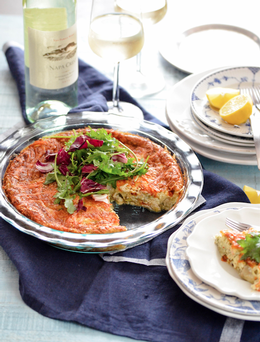 Like many wineries around the Napa Valley, every spring, Yao Family Wines releases a Sauvignon Blanc. This year's release, the 2016 Napa Crest Sauvignon Blanc, has many of the distinct characteristics found in classic Napa SBs. It's crisp, with a vibrant acidity in the mid-pallet. There are aromas of melon and fig with ripe pear. Floral notes are haunting with citrus blossom and gardenias, wile the finish begs for another sip.
Like many wineries around the Napa Valley, every spring, Yao Family Wines releases a Sauvignon Blanc. This year's release, the 2016 Napa Crest Sauvignon Blanc, has many of the distinct characteristics found in classic Napa SBs. It's crisp, with a vibrant acidity in the mid-pallet. There are aromas of melon and fig with ripe pear. Floral notes are haunting with citrus blossom and gardenias, wile the finish begs for another sip.
So how did we create this marvel of a wine? And why is Sauv Blanc such a popular varietal in Napa? It all starts in the vineyard.
First, we must remember that Napa is somewhat modeled after the great vineyards of Bordeaux: The climate, the soil, the terroir is quite the same as its French counterpart. Sauvignon Blanc is one of the primary white varietals of the Bordeaux region, so it's only natural that we'd farm it here in the valley.
Farming Sauvignon Blanc requires diligence. It is literally considered a "savage" vine, spreading vigorously during the growing season. Like other Bordeaux varietals, SB can have an abundance of pyrazines, the compound that creates the "bell pepper" smell. Since we strive for a layered fruit profile, we farm out pyrazine flavors by controlling the leafy quality of the vines. We grow our SB on a split canopy. This allows the vigor, shoots and leaves more room to spread in the trellis. Early in the season we begin shoot thinning, which allows the plant to form with room for grape development without cluster crowding and potential for late season disease pressure. Then, just before the final stages of ripening, we remove any clusters that are behind in development. Tis is known as "green-dropping," which ensures balanced crop ripeness.
Our vineyard is perfectly situated in the Oakville appellation, right on the Oakville Cross Road, in the heart of Napa Valley. We also grow a small amount of Semillon in St. Helena at the base of Spring Mountain. Semillon is also a white Bordeaux varietal, which blends elegantly with the Sauvignon Blanc.
At harvest, the SB is delivered to the winery cold in the morning and is placed in the press for whole cluster pressing of the fresh juice.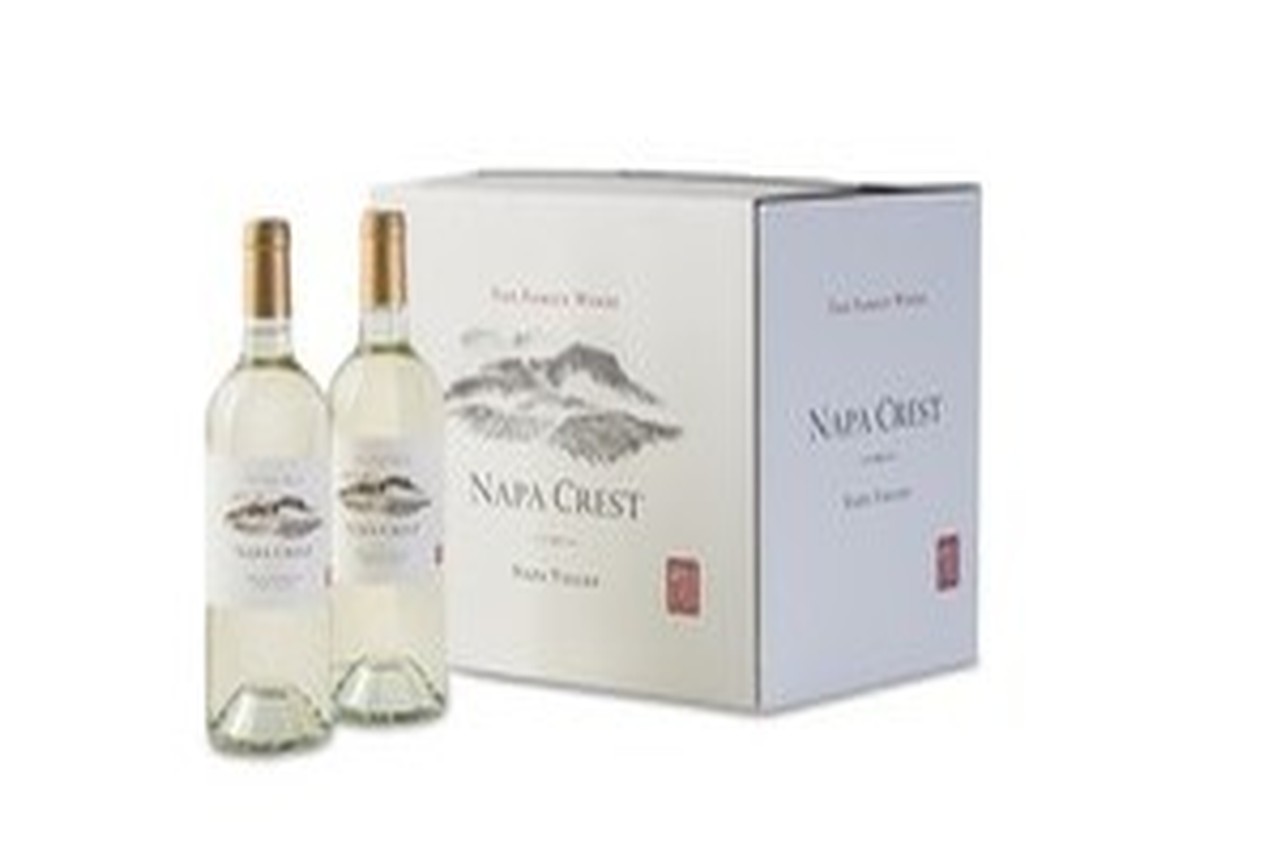 The smells are exotic. The Semillon is lightly crushed to press for a little skin contact. We settle the fresh juice in tank, then inoculate with natural yeast that will produce a long, cold fermentation for maximum freshness. The SB is 100% stainless steel tank fermented, while the Semillon is fermented in neutral puncheons (large French oak barrels). The new wines are not malolactic fermented, in order to preserve all of the natural acidity. The Semillon is stirred in barrel to add a nice, rich texture for mid-pallet lift and mouth feel.
The smells are exotic. The Semillon is lightly crushed to press for a little skin contact. We settle the fresh juice in tank, then inoculate with natural yeast that will produce a long, cold fermentation for maximum freshness. The SB is 100% stainless steel tank fermented, while the Semillon is fermented in neutral puncheons (large French oak barrels). The new wines are not malolactic fermented, in order to preserve all of the natural acidity. The Semillon is stirred in barrel to add a nice, rich texture for mid-pallet lift and mouth feel.
The final blend for 2016 is 92% Sauvignon Blanc and 8% Semillon.
Our 2016 Napa Crest Sauvignon Blanc will be available at our St. Helena tasting room and online beginning April 3rd. We hope you'll come by and enjoy a glass with us soon!
Cheers!
The Mustard Flowers of Napa Valley

Springtime is coming! It’s late February in the vineyards. To the naked eye, it appears nothing at all is happening on the vines. None the less, it’s a very important and beautiful time of year in Napa Valley. This winter, we had an unprecedented amount of rain: One of the wettest winters on record. We dearly needed the rain because of the drought that California suffered these past few years. However, the rains have limited the amount of work we can do in the vineyard, so we have to catch up on our pruning. In the vineyards, it is pruning season.
Right now, the vines are dormant, so at this time of year we prune away the wood from the 2016 growing season and set the vine architecture for the 2017 spring bud break. And in the vineyards, we have the annual sea of yellow: The mustard flowers of Napa Valley. At this time of year, there is a magnificent patchwork of brilliant yellow throughout the Valley. For first time visitors and locals alike, the fields of bright yellow are truly a sight to behold.
The arrival of the mustard flowers means that warm weather is coming. This will cause the first buds of Spring to peak out, creating one of the most beautiful times in the Valley. Of course, we are a little bit of concerned about getting all of our pruning completed, but we always enjoy the magnificent sea of yellow as this time of year. We harvest from seven different vineyards. We start our pruning with the driest of them, and work our way to the vineyards that are the now wettest. We will prune in Oakville, Rutherford, St. Helena and finish up in Yountville.
When we prune, we strive for roughly eight fruiting sites per side of the vine, so we end up with a total of sixteen, two-bud sites per vine, which will produced 32 shoots. If this sounds like science, it is, as we are looking to predict how much fruit can each vine can ripen. We aim for 18-20 clusters per vine. If we can get 32 good bud positions during pruning, we’ve achieved our goal..
When visitors come to Napa at this time of year, they can sometimes be a bit disappointed when they see dormant vines, which look a little like trees from a Tim Burton movie! But the fields are green and the mustard flowers are spectacular, so it is still a beautiful time of year to visit Napa. In some ways, it’s the best time of year to come to Napa. In the wineries, things are a bit slower so we have more time to spend with visitors who stop by. Restaurant reservations are easier to come by and hotel rates are less expensive than during harvest. Late winter is still a great time of year to visit Napa.
The mustard in Napa and in other wine growing regions was originally planted as a cover crop. Mustard is very rich in nitrogen, so it’s a natural fertilizer. Once the mustard grows and flowers, we till the plants into the soil to replace some of the nitrogen the vines used during the previous year’s growth cycle. The seeds are tilled right into the soil, so they are set to come back again the following year. We’ve planted so much that the flowers have really taken over the valley. But they’re beautiful, and provide sustainable and organic nourishment for the soil. It’s a tradition that’s been a part of wine culture for centuries. Like so many things in Napa Valley, the symbiotic relationship between mustard and grapevines has its origins in France. Dijon Mustard comes from the town of Dijon, in the Burgundy region, and these are the same mustard plants that line our vineyards.
At the winery, we are really excited to be bottling two wines: Our next vintage of Sauvignon Blanc (a blend of Sauvignon Blanc and Semillon) and our first ever Napa Valley Rose! Our premiere rose is a blend of Oakville Merlot and Cabernet Sauvignon, and it is spectacular. We’re only producing 180 cases, so it’s a small but exciting offering.
All of the 2016 wines have been put to barrel, and most have finished their malolactic fermentation. They will all be done with fermentation by March. Our 2016 white wines are finished, but we continue to monitor the amount of malic acid in our red wines, as the malic acid converts to finish the natural process. Once the malic acid is consumed, we know fermentation is done.
So although the vines look like they’re sleeping, there is still much happening in Napa Valley in February. Please come by and visit us at our new St Helena tasting room sometime soon. We would love to enjoy the beautiful mustard flowers of Napa Valley with you.
Cheers!
Tom Hinde
